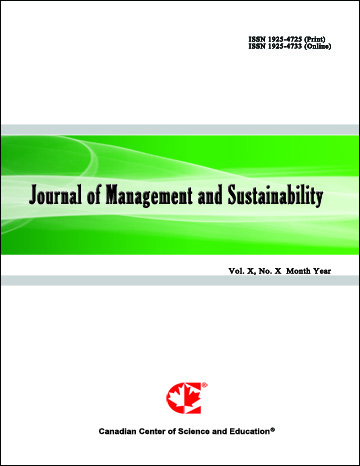Full Cost of Electricity “FCOE” and Energy Returns “eROI”
- Lars Schernikau
- William Hayden Smith
- Rosemary Falcon
Abstract
Understanding electricity generation’s true cost is paramount to choosing and prioritizing our future energy systems. This paper introduces the full cost of electricity (FCOE) and discusses energy returns (eROI). The authors conclude with suggestions for energy policy considering the new challenges that come with global efforts to “decarbonize”.
In 2021, debate started to occur regarding energy security (or rather electricity security) which was driven by an increase in electricity demand, shortage of energy raw material supply, insufficient electricity generation from wind and solar, and geopolitical challenges, which in turn resulted in high prices and volatility in major economies. This was witnessed around the world, for instance in China, India, the US, and of course Europe. Reliable electricity supply is crucial for social and economic stability and growth which in turn leads to eradication of poverty.
The authors explain and quantify the gap between installed energy capacity and actual electricity generation when it comes to variable renewable energy. The main challenges for wind and solar are its intermittency and low energy density, and as a result practically every wind mill or solar panel requires either a backup or storage, which adds to system costs.
Widely used levelized cost of electricity, LCOE, is inadequate to compare intermittent forms of energy generation with dispatchable ones and when making decisions at a country or society level. We introduce and describe the methodology for determining the full cost of electricity (FCOE) or the full cost to society. FCOE explains why wind and solar are not cheaper than conventional fuels and in fact become more expensive the higher their penetration in the energy system. The IEA confirms “…the system value of variable renewables such as wind and solar decreases as their share in the power supply increases”. This is illustrated by the high cost of the “green” energy transition.
We conclude with suggestions for a revised energy policy. Energy policy and investors should not favor wind, solar, biomass, geothermal, hydro, nuclear, gas, or coal but should support all energy systems in a manner which avoids energy shortage and energy poverty. All energy always requires taking resources from our planet and processing them, thus negatively impacting the environment. It must be humanity’s goal to minimize these negative impacts in a meaningful way through investments – not divestments – by increasing, not decreasing, energy and material efficiencies.
Therefore, the authors suggest energy policy makers to refocus on the three objectives, energy security, energy affordability, and environmental protection. This translates into two pathways for the future of energy:
(1) invest in education and base research to pave the path towards a New Energy Revolution where energy systems can sustainably wean off fossil fuels.
(2) In parallel, energy policy must support investment in conventional energy systems to improve their efficiencies and reduce the environmental burden of generating the energy required for our lives.
Additional research is required to better understand eROI, true cost of energy, material input, and effects of current energy transition pathways on global energy security.
- Full Text:
 PDF
PDF
- DOI:10.5539/jms.v12n1p96
Journal Metrics
Google-based Impact Factor (2021): 1.54
h-index (July 2022): 37
i10-index (July 2022): 147
h5-index (2017-2021): 12
h5-median (2017-2021): 19
Index
- Academic Journals Database
- ANVUR (Italian National Agency for the Evaluation of Universities and Research Institutes)
- CAB Abstracts
- CNKI Scholar
- EconBiz
- Excellence in Research for Australia (ERA)
- GETIT@YALE (Yale University Library)
- Harvard Library
- HeinOnline
- Infotrieve
- JournalTOCs
- LOCKSS
- MIAR
- PKP Open Archives Harvester
- RePEc
- Scilit
- SHERPA/RoMEO
- Stanford Libraries
- UCR Library
Contact
- Evelyn XiaoEditorial Assistant
- jms@ccsenet.org
